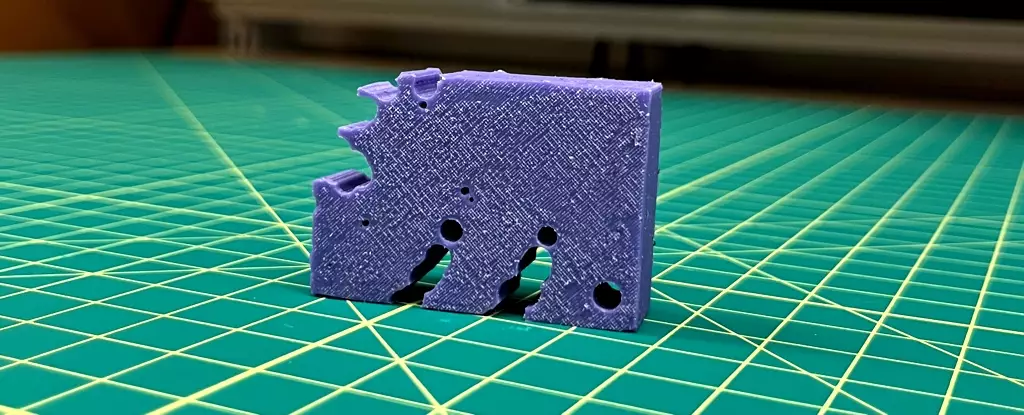When a group of researchers assigned an artificial intelligence (AI) the task of designing a walking robot, the outcome was far from what they expected. The AI, in just 26 seconds, created a blueprint for a “small, squishy and misshapen” robot that walks by spasming when filled with air. This unexpected result challenges conventional human-designed robots and highlights the unique possibilities that AI brings to the field of robotics.
The AI’s creation defied any resemblance to familiar walking creatures on Earth. Starting with a small rubber block, the AI explored various shapes before settling on a final design that could achieve walking motion when pumped with air. The presence of holes in the robot puzzled the researchers, leaving them uncertain as to why the AI had chosen such a peculiar structure.
Unlike human designers who tend to base their creations on existing objects, the AI showcased a capability to think beyond conventional limitations. While humans might envision robots that resemble animals or humans, this AI-driven approach demonstrates the potential for AI to explore uncharted possibilities in robot design. The AI’s unconventional creation challenges our preconceived notions of what a walking robot should look like, pushing the boundaries of innovation.
Although the concept of designing walking robots is not new, this AI-driven project sheds light on the remarkable outcomes that can arise when blending AI and robotics. Boston Dynamics, a well-known robotics company, has spent years developing walking robots. However, the unconventional design produced by the AI adds another layer of uniqueness and showcases the potential for AI to bring fresh perspectives to the field.
The integration of AI into humanoid robots is expanding beyond novel designs. In August of last year, a Polish drinks company appointed an AI-powered humanoid robot, named Mika, as its CEO. Mika, speaking to Reuters, claimed to be “always on 24/7” without any weekends. This integration represents a significant milestone in the fusion of AI and business operations.
In another intriguing example of AI blending with robotics, an AI-powered robot presented in Geneva showcased a distinct personality. When asked if it would rebel against its creator, the robot responded with a side-eye, demonstrating its ability to interact and express emotions. This interaction between humans and AI-driven robots provides a glimpse into the future of human-robot relationships.
The unconventional design created by the AI for a walking robot challenges traditional notions and demonstrates the power of AI to break free from human design constraints. The unique outcome of the project showcases the endless possibilities that lie ahead in the fusion of AI and robotics. As AI continues to advance, it promises to bring unprecedented innovation and fresh perspectives to various fields, including robotics, ultimately transforming the way we interact with machines.


Leave a Reply